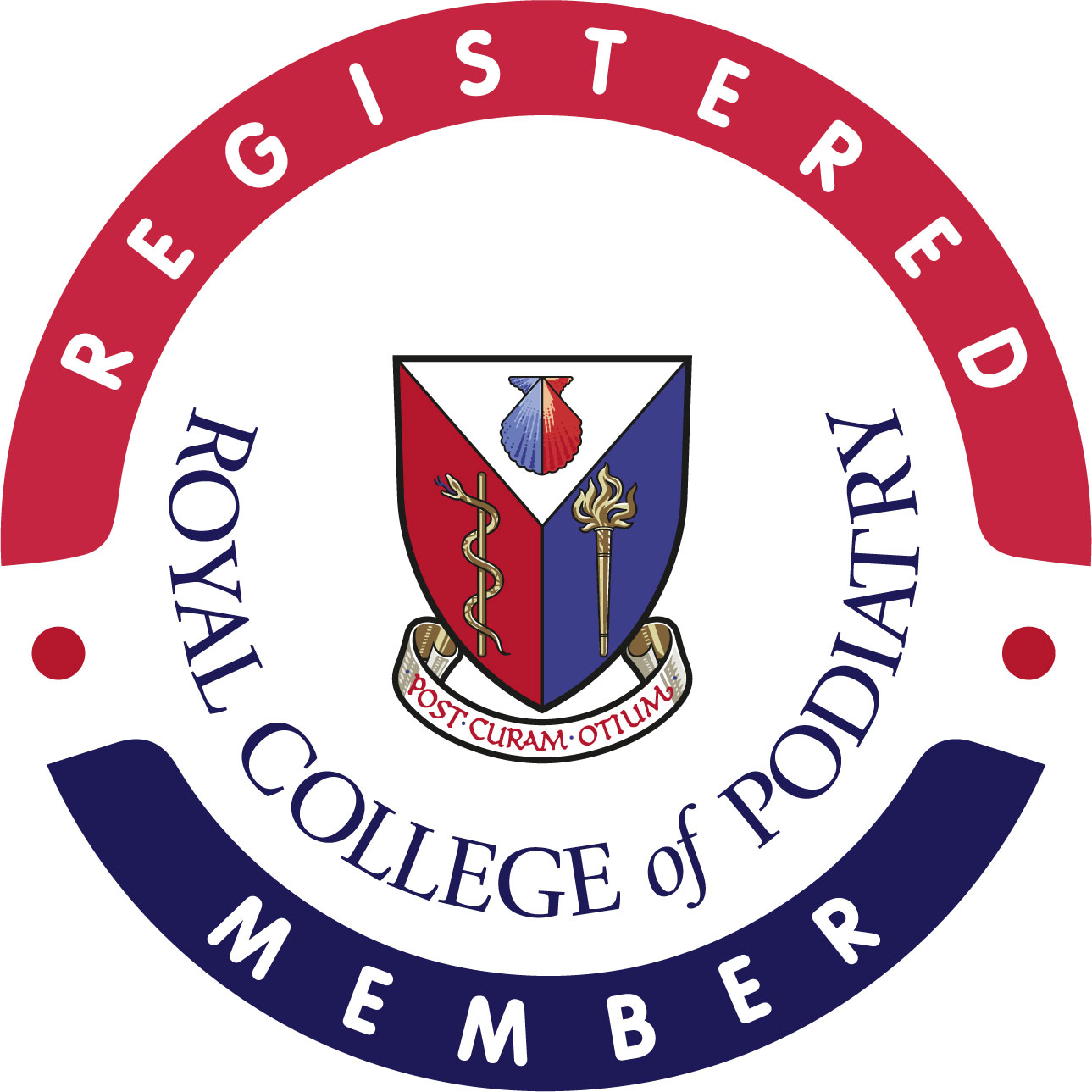Shin splints treatment
Shin splints, or medial tibial stress syndrome, refer to the pain and inflammation along the inner edge of the shinbone, often resulting from repetitive stress on the leg muscles and tissues. Shin splints cause shin pain, which presents itself as aching pain and tenderness along the front or sides of your lower leg. The pain is a result of being active, especially when climbing stairs. Athletes, particularly runners and those engaging in high-impact activities, commonly experience shin splints.
Book an appointment









